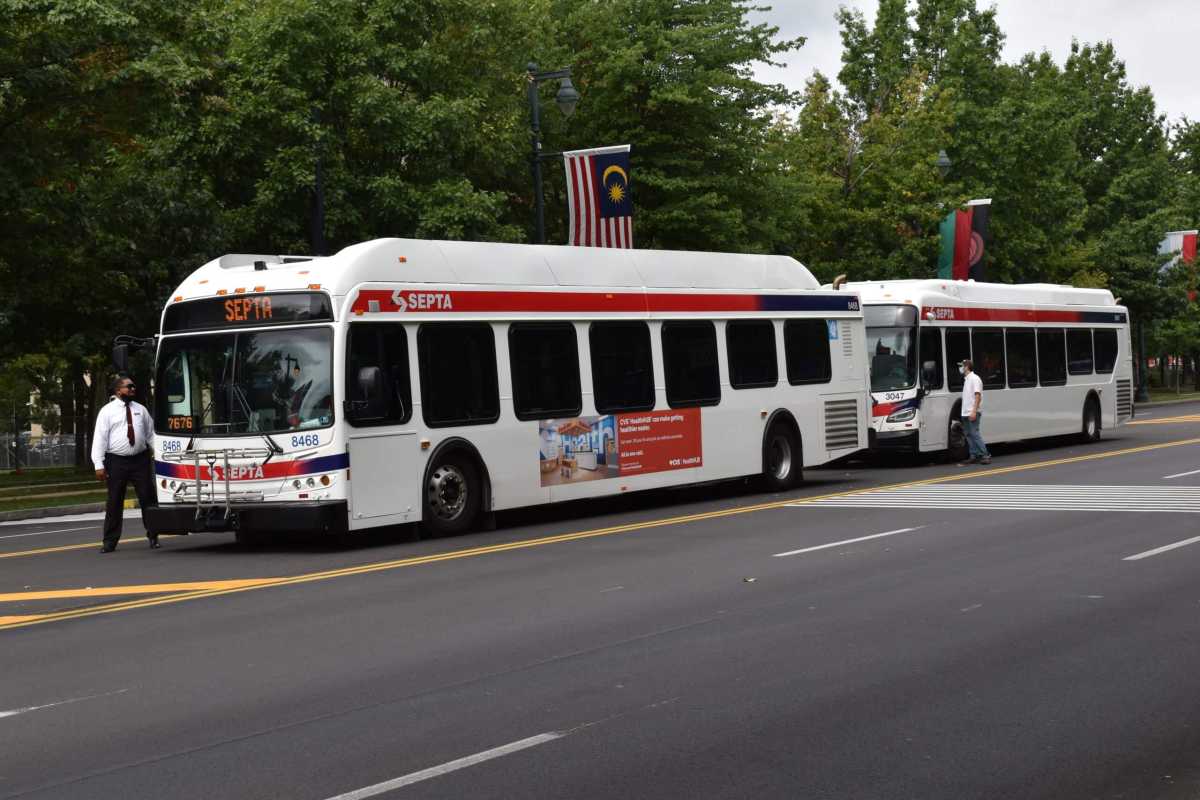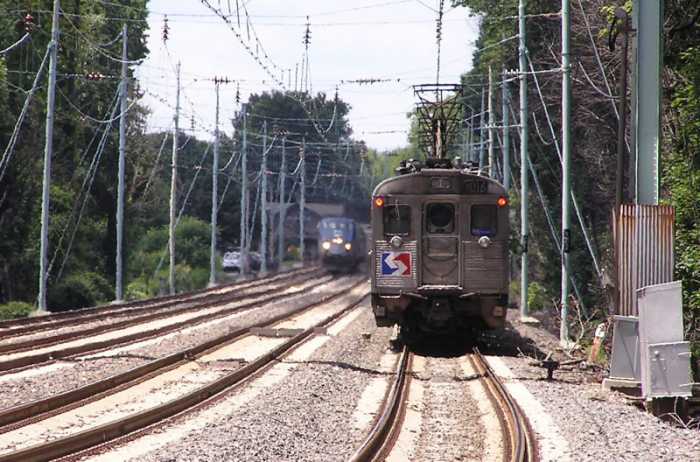Without an injection of funding, SEPTA will not be able operate safely and effectively, its leadership said.
The authority, in a report issued last week, said pandemic-related financial strain is expected to force the transportation system to halt $250 million worth of capital projects.
Officials have yet to identify which initiatives will be delayed or stopped altogether, SEPTA spokesman Andrew Busch said, but extending the Norristown High Speed Line to King of Prussia and modernizing the authority’s trolley lines are among the projects that could be on the chopping block.
“Some of those big things start coming off the board right away,” Busch told Metro.
Smaller jobs, like track replacement and station renovations, could also be impacted. SEPTA anticipates having a full list of affected projects next month, Busch said. The authority plans to finish work that has already begun.
SEPTA’s capital budget is funded mostly by state sources, including Pennsylvania Turnpike tolls, which have taken a hit due to the novel coronavirus. Busch said officials are still working with the state to find a solution to help keep the projects on track.
In the report, called “Move Better Together,” SEPTA said it ran several models to help predict future trends, and, based on that data, it projects a total operating budget shortfall of $400 million over three years due to COVID-19-related ridership declines.
The financial challenges have “been nothing short of devastating, and we are bracing for multiple years of operating funding uncertainty that will challenge our ability to serve the diverse needs of our region,” the report said.
Under SEPTA’s most optimistic projection, about 90% of riders would return to the system by next summer. Other models predict ridership will remain at 80% of pre-pandemic levels through May 2022.
Right now, ridership is at about 35% of where it was prior to COVID-19, Busch said, with higher numbers on buses, trolleys and subways than Regional Rail.
“That keeps inching up,” he said. “It’s kind of slow, but, considering back in the spring, we were at only about 15%.”
A few months ago, SEPTA received information from major employers suggesting office workers would be returning to Center City after Labor Day, Busch said. Most companies have now pushed that back to January, he said.
“We know some things are probably permanently changed, in terms of telecommuting,” Busch added. “Some people will probably never come into the office five days a week again, like they had been doing.”
Amtrak has plans to furlough 2,000 of its workers due to revenue decreases. Busch said SEPTA is not planning mass layoffs, but officials aren’t ruling anything out, either.
Many of the authority’s unions workers are due for a 3.5% raise in the coming months, including those represented by Transport Workers Union Local 234, SEPTA’s largest union.
Local 234 President Willie Brown, in a video message to members last week, said he believes the authority could take the union to court in an attempt to avoid granting the raise, which was negotiated years ago as part of a long-term contract.
“We have some serious fights coming up,” Brown said.
Busch said SEPTA plans to honor the raise.
As part of the federal CARES Act, the authority received $643 million, which it plans to spend over the course of three fiscal years to cover operating losses.
There’s some hope that public transit will receive additional funding from a future coronavirus relief package, if Congress and the Trump administration hash out a deal.
The American Public Transportation Association is asking for at least $32 billion in aid to systems across the country. The CARES Act devoted a total of $25 billion to public transit.
SEPTA is advocating for federal money, but the authority is not accounting for it in its projections, Busch said.
In “Moving Better Together,” SEPTA also laid out plans to encourage riders to get back on public transit.
Passengers can now bring bicycles on subway and Regional Rail lines during peak hours, which was previously prohibited.
“Things like that we’re putting in place to try to be a little more accommodating of the needs of our riders, and we’ll keep looking for ways to do that moving forward,” Busch said.
The authority is planning a full revamp of its website in an effort to make it more streamlined with updated information, according to the report.
In addition, SEPTA is developing technology that will allow riders to see how many people are on a bus before they get onboard. The capacity will likely be displayed on the side of the vehicle, Busch said.
Officials are also contacting major employers and asking them to stagger shifts when offices reopen to prevent rush hour traffic on all transit modes. Trains and buses should be coming slightly more often during off hours, the report said.




























